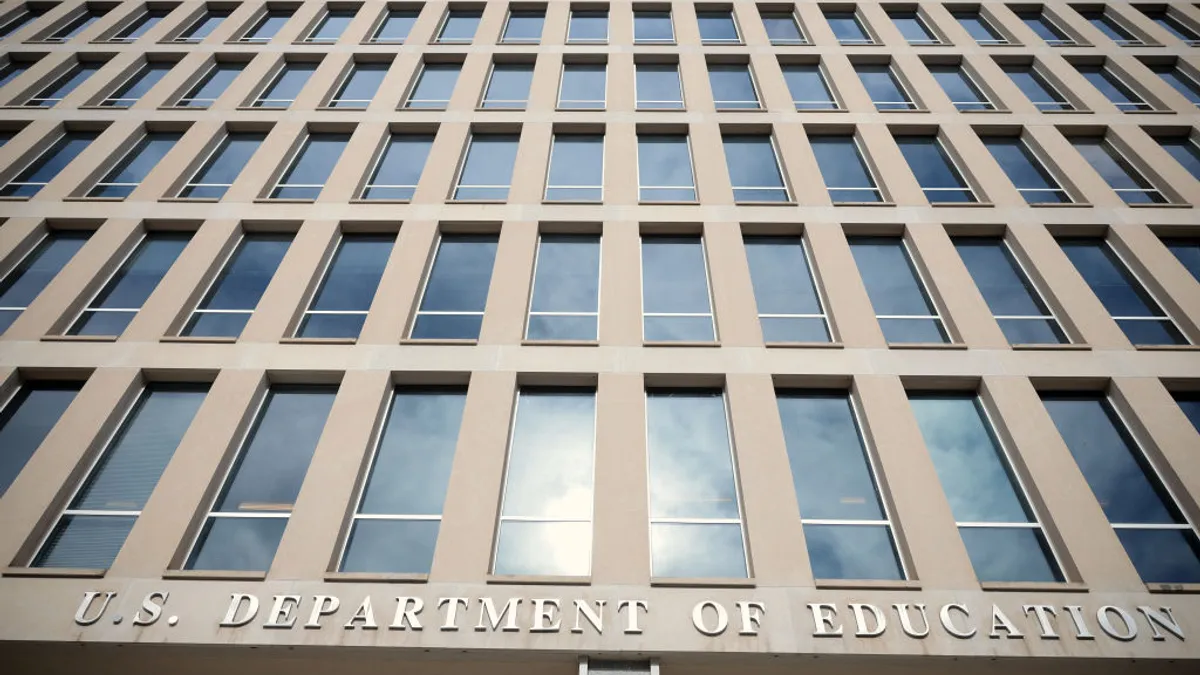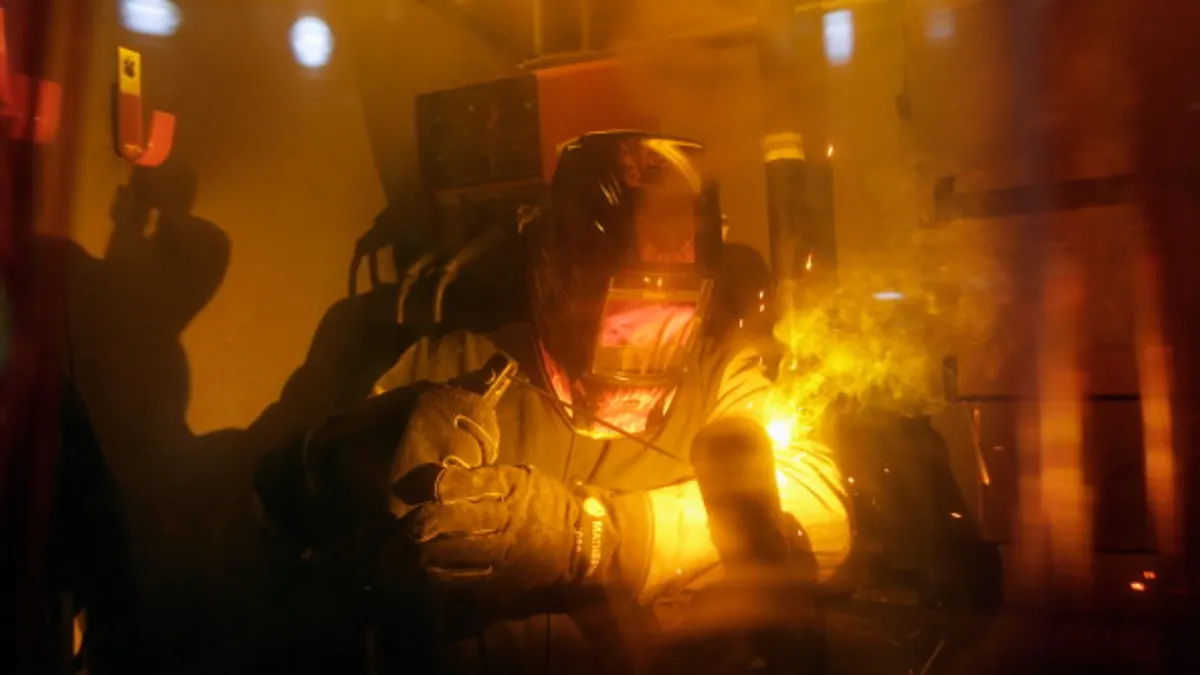The track through community college into a career often appears amorphous and opaque to students. But many colleges have attempted to address this problem over the past decade by adopting a popular set of reforms known as guided pathways.
The framework aims to make educational pathways clear so students can finish their course of study and land a job in their desired field. The reforms include overhauling how colleges help students choose programs and assist them in staying on their path.
In 2015, the American Association of Community Colleges launched an initiative called the Pathways Project to help community colleges implement some of these reforms. From 2016 to 2022, 30 community colleges participated in the project, pledging to redesign their student experiences.
One of the major areas of revision for those colleges was the onboarding process, according to a recent report from the Community College Research Center. Done correctly, onboarding can help students understand, select and enter a program of study.
Below, community college leaders share what has worked for them.
Diving into majors
One of the key areas of the guided pathways framework is the development of “meta-majors.” They organize individual programs into broad fields of study, such as health sciences, to help students understand their options. The number of meta-majors colleges have depends on the sort of programs they offer and what’s in demand in the local labor market.
Meta-majors were useful to help colleges to map their offerings, said Hana Lahr, director of applied learning at the CCRC. But their greatest utility came when colleges incorporated them into other onboarding processes, Lahr said.
“At first they were viewed as a kind of organizing structure for the college,” Lahr said.”But what we learned is that they actually need to be used in other ways to really impact the student experience.”
At St. Petersburg College in Florida, officials incorporated meta-majors into the application process.
“Before this project, what we found is that when you just list all the majors, students get overwhelmed on the application,” said Kellie Ziemak, executive director of student affairs and enrollment management at St. Petersburg. “Sometimes they didn’t complete it because they didn’t know what to choose.”
St. Petersburg instead had prospective students select a meta-major and then pick from a shorter list of majors within that area.
The college also assigned advisers based on students’ fields of study. That allowed staff to specialize in specific areas rather than acting as generalists.
Some of the participating colleges also limited the number of programs after looking at labor market trends.
“Does this certificate or degree lead to a job in our area? Are there jobs available? And are the entry-level jobs at a family sustaining wage?” said Laurel Williamson, deputy chancellor and college president at San Jacinto College in Texas. “If the answer to any of those was no, then we took a deeper dive into asking ourselves, why are we offering this?”
‘Don’t let students languish’
Colleges implemented several different methods to help students understand and select their programs.
St. Petersburg’s advisers, for instance, assess how sure students are about their chosen pathways. Students who are not confident in their career choices or programs of study need different guidance than those who are, Ziemak said.
At San Jacinto College, advisers talk directly with students about their career aspirations. They provide information about the types of jobs they could enter with specific credentials — along with what those positions pay.
“We immediately have discussions with students about, ‘What is your goal?’” Williamson said. “We don’t let students languish.”
At St. Petersburg College, all students take a test to gauge their interests based on the Holland Codes, a widely used career aptitude system. The test evaluates each student’s personality and interest in six personality areas: artistic, social, conventional, investigative, enterprising and realistic.
Advisers discuss the results with students. If a student’s career choice is incongruous with their skill interests, an adviser can help them think through whether that option is the best one for them.
For example, Ziemak said, a student may say they want to go into nursing.
“But their Holland Code is saying they are highly artistic and they’re low in helping and social,” she said. “Let’s talk about what nursing looks like.”
At San Jacinto College, all students take an English or psychology course that includes a career project. This involves students researching the career path they’ve chosen, what sort of jobs are available, and potential pathways to land them. Some students also shadow faculty to understand their day-to-day work.
“We do that in their first set of courses because if they change their mind, we want them to do that early so we can get them on the right path,” Williamson said.
What are the results?
Colleges that took part in the project saw some of their student outcomes improve.
At San Jacinto, before the guided pathways implementation, students were taking an average of 90 credits on their way to a 60-credit associate degree, Williamson said. Today, students are taking about 74 on average.
The number of students at the college who are in “general studies,” which functions as an undecided major, also declined by more than a quarter. In fall of 2014, more than 12,000 students were in general studies. This past fall, that number fell to a little over 8,000.
Across 29 colleges that participated in the pathways project, the average number of credits that students attempted and completed rose between 2012 and 2020.
Implementing the reforms wasn’t always easy, Williamson said, but it was worth it.
“Change is always hard,” she said. “We are doing this with the student at the center of the conversation.”



















